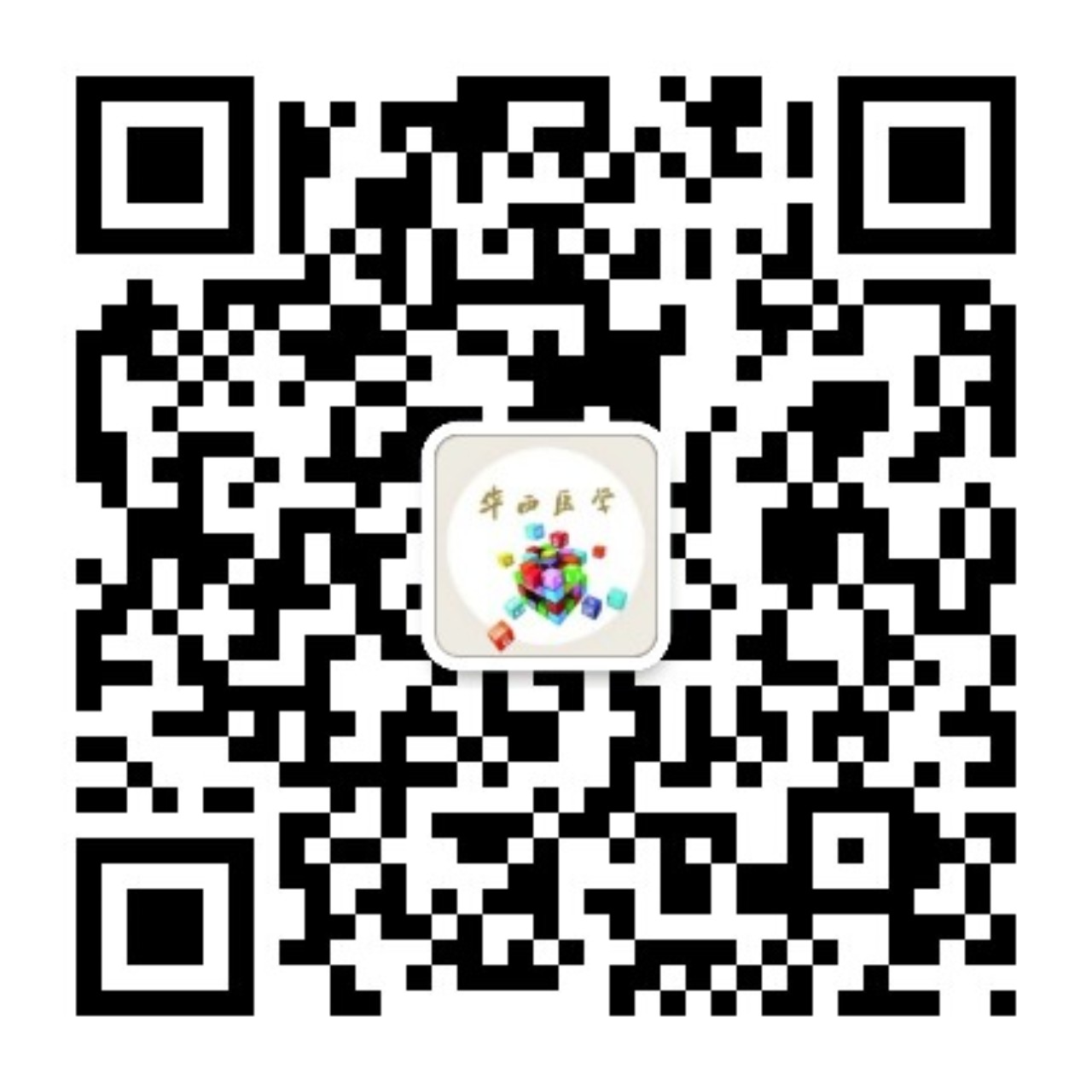| 1. |
高一鷺, 王文志. 腦血管病流行病學研究進展. 中華神經科雜志, 2015, 48(4): 337-340.
|
| 2. |
Winstein CJ, Stein J, Arena R, et al. Guidelines for adult stroke rehabilitation and recovery: a guideline for healthcare professionals from the American Heart Association/American Stroke Association. Stroke, 2016, 47(6): e98-e169.
|
| 3. |
中華醫學會神經病學分會神經康復學組, 中華醫學會神經病學分會腦血管病學組, 衛生部腦卒中篩查與防治工程委員會辦公室. 中國腦卒中康復治療指南(2011 完全版). 中國康復理論與實踐, 2012, 18(4): 301-318.
|
| 4. |
邱卓英. 《國際功能、殘疾和健康分類》研究總論. 中國康復理論與實踐, 2003, 9(1): 2-5.
|
| 5. |
邱卓英, 勵建安, 吳弦光. ICF核心分類組合臨床實踐手冊. 北京: 人民軍醫出版社, 2013.
|
| 6. |
黃長琴, 鐘艷. 腦卒中患者運動功能障礙康復治療新進展. 檢驗醫學與臨床, 2017, 14(3): 449-451.
|
| 7. |
Maraka S, Jiang Q, Jafari-Khouzani K, et al. Degree of corticospinal tract damage correlates with motor function after stroke. Ann Clin Transl Neurol, 2014, 1(11): 891-899.
|
| 8. |
陳自謙, 張碧云, 倪萍, 等. 功能磁共振成像對腦缺血運動功能重組和康復的臨床研究. 福州總醫院學報, 2008, 15(3): 202-205, 246.
|
| 9. |
宋婧源, 元小冬, 呂淑娟, 等. 體感誘發電位在腦卒中患者中應用價值的研究進展. 實用心腦肺血管病雜志, 2017, 25(12): 1-4.
|
| 10. |
劉建民, 鄭健. 誘發電位在腦卒中患者腦功能評估中的應用. 中國臨床康復, 2004, 8(7): 1316-1318.
|
| 11. |
Edwards MJ, Talelli P, Rothwell JC. Clinical applications of transcranial magnetic stimulation in patients with movement disorders. Lancet Neurol, 2008, 7(9): 827-840.
|
| 12. |
Simonetta-Moreau M. Non-invasive brain stimulation (NIBS) and motor recovery after stroke. Ann Phys Rehabil Med, 2014, 57(8): 530-542.
|
| 13. |
Rehme AK, Fink GR, von Cramon DY, et al. The role of the contralesional motor cortex for motor recovery in the early days after stroke assessed with longitudinal FMRI. Cereb Cortex, 2011, 21(4): 756-768.
|
| 14. |
Hosomi K, Morris S, Sakamoto T, et al. Daily repetitive transcranial magnetic stimulation for poststroke upper limb paresis in the subacute period. J Stroke Cerebrovasc Dis, 2016, 25(7): 1655-1664.
|
| 15. |
陸如藍, 張成亮, 周先舉. 重復經顱磁刺激在腦卒中康復中的臨床應用進展. 醫學綜述, 2018, 24(6): 1097-1102.
|
| 16. |
Smith MC, Stinear CM. Transcranial magnetic stimulation (TMS) in stroke: ready for clinical practice?. J Clin Neurosci, 2016, 31(9): 10-14.
|
| 17. |
Nitsche MA, Paulus W. Excitability changes induced in the human motor cortex by weak transcranial direct current stimulation. J Physiol, 2000, 527(Pt 3): 633-639.
|
| 18. |
Hummel F, Cohen LG. Improvement of motor function with noninvasive cortical stimulation in a patient with chronic stroke. Neurorehabil Neural Repair, 2005, 19(1): 14-19.
|
| 19. |
Nair DN, Renga V, Hamelin S, et al. Improving motor function in chronic stroke patients using simultaneous occupational therapy and tDCS. Stroke, 2008, 39(2): 542.
|
| 20. |
Fregni F, Boggio PS, Mansur CG, et al. Transcranial direct current stimulation of the unaffected hemisphere in stroke patients. Neuroreport, 2005, 16(14): 1551-1555.
|
| 21. |
勵建安. 康復治療技術新進展. 北京: 人民軍醫出版社, 2015.
|
| 22. |
鄭彭, 黃國志. 下肢康復機器人在腦卒中患者運動功能障礙中的應用進展. 中國康復醫學雜志, 2017, 32(6): 716-719.
|
| 23. |
Laver KE, George S, Thomas S, et al. Virtual reality for stroke rehabilitation. Cochrane Database Syst Rev, 2015, 43(2): CD008349.
|
| 24. |
Darekar A, Mcfadyen BJ, Lamontagne A, et al. Efficacy of virtual reality-based intervention on balance and mobility disorders post-stroke: a scoping review. J Neuroeng Rehabil, 2015, 12(1): 46.
|
| 25. |
瞿暢, 艾波, 郭愛松, 等. 基于 Kinect 的上肢康復訓練系統開發與應用. 中國生物醫學工程學報, 2015, 34(5): 607-612.
|
| 26. |
汪潔, 吳東宇, 宋為群, 等. 雙額葉在線經顱直流電刺激對失語癥圖命名的作用. 中國康復醫學雜志, 2014, 29(1): 31-35.
|
| 27. |
汪潔, 吳東宇, 袁英, 等. 應用在線經顱直流電刺激探查外側裂后部對失語癥恢復的作用. 中國康復醫學雜志, 2011, 26(5): 106-410.
|
| 28. |
張雅妮, 劉愛玲, 練濤. 經顱直流電刺激在腦卒中后失語癥康復中的應用. 中西醫結合心腦血管病雜志, 2018, 16(3): 308-310.
|
| 29. |
王俊霞, 年莉. 中風后失語的中醫治療研究進展. 中醫臨床研究, 2012, 4(1): 114-116.
|
| 30. |
中國吞咽障礙康復評估與治療專家共識組. 中國吞咽障礙評估與治療專家共識(2017 年版). 中華物理醫學與康復雜志, 2018, 40(1): 1-10.
|
| 31. |
Demir N, Serel Arslan S, Inal ?, et al. Reliability and validity of the Turkish eating assessment tool (T-EAT-10). Dysphagia, 2016, 31(5): 644-649.
|
| 32. |
李麗. 腦卒中的康復治療及進展. 上海: 復旦大學, 2014.
|
| 33. |
Lee JH, Kim SB, Lee KW, et al. Effect of repetitive transcranial magnetic stimulation according to the stimulation site in stroke patients with dysphagia. Ann Rehabil Med, 2015, 39(3): 432-439.
|
| 34. |
Khedr EM, Abo-Elfetoh N, Rothwell JC. Treatment of post-stroke dysphagia with repetitive transcranial magnetic stimulation. Acta Neurol Scand, 2009, 119(3): 155-161.
|
| 35. |
Kim L, Chun MH, Kim BR, et al. Effect of repetitive transcranial magnetic stimulation on patients with brain injury and dysphagia. Ann Rehabil Med, 2011, 35(6): 765-771.
|
| 36. |
Park JW, Oh JC, Lee JW, et al. The effect of 5 Hz high-frequency rTMS over contralesional pharyngeal motor cortex in post-stroke oropharyngeal dysphagia: a randomized controlled study. Neurogastroenterol Motil, 2013, 25(4): 324-e250.
|
| 37. |
Park E, Kim MS, Chang WH, et al. Effects of bilateral repetitive transcranial magnetic stimulation on post-stroke dysphagia. Brain Stimul, 2017, 10(1): 75-82.
|
| 38. |
Michou E, Raginis-Zborowska A, Watanabe M, et al. Repetitive transcranial magnetic stimulation: a novel approach for treating oropharyngeal dysphagia. Curr Gastroenterol Rep, 2016, 18(2): 10.
|
| 39. |
竇祖林. 吞咽障礙評估與治療. 2版. 北京: 人民衛生出版社, 2017.
|
| 40. |
Gu SY, Chang MC. The effects of 10-Hz repetitive transcranial magnetic stimulation on depression in chronic stroke patients. Brain Stimul, 2017, 10(2): 270-274.
|
| 41. |
Kedzior KK, Reitz SK. Short-term efficacy of repetitive transcranial magnetic stimulation (rTMS) in depression- reanalysis of data from meta-analyses up to 2010. BMC Psychology, 2014, 2(1): 39.
|
| 42. |
Mcintyre A, Thompson S, Burhan A, et al. Repetitive transcranial magnetic stimulation for depression due to cerebrovascular disease: a systematic review. J Stroke Cerebrovasc Dis, 2016, 25(12): 2792-2800.
|
| 43. |
Zheng MX, Hua XY, Feng JT, et al. Trial of contralateral seventh cervical nerve transfer for spastic arm paralysis. N Engl J Med, 2018, 378(1): 22-34.
|
| 44. |
Madanat JP, Geraci S, Jajoo P, et al. Musculoskeletal pain as a novel complication after posterior tibial nerve block in stroke and traumatic brain injury patients. PM R, 2011, 3(5): 492-494.
|




